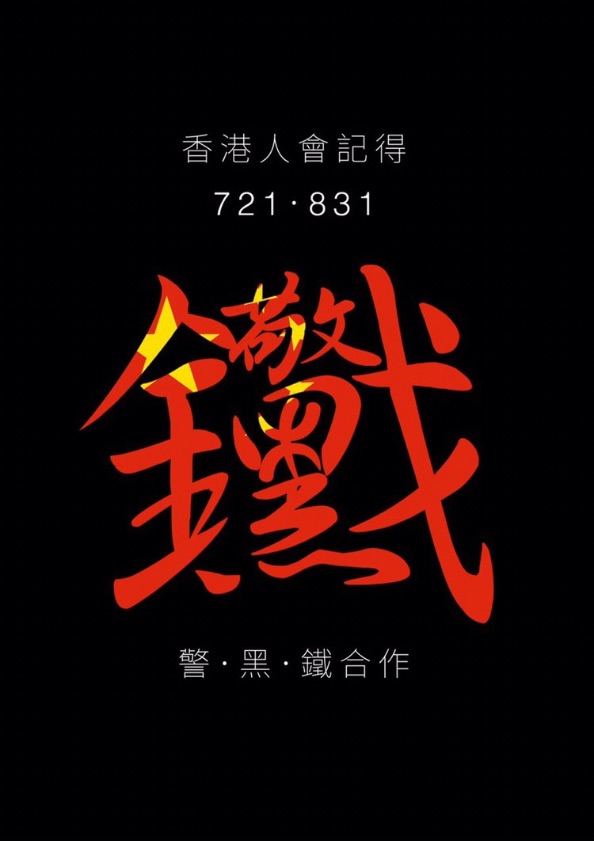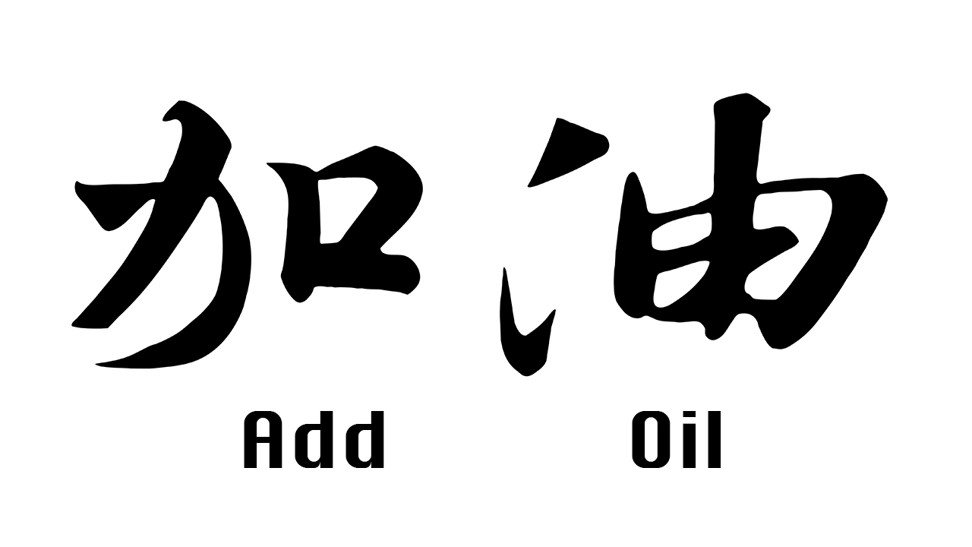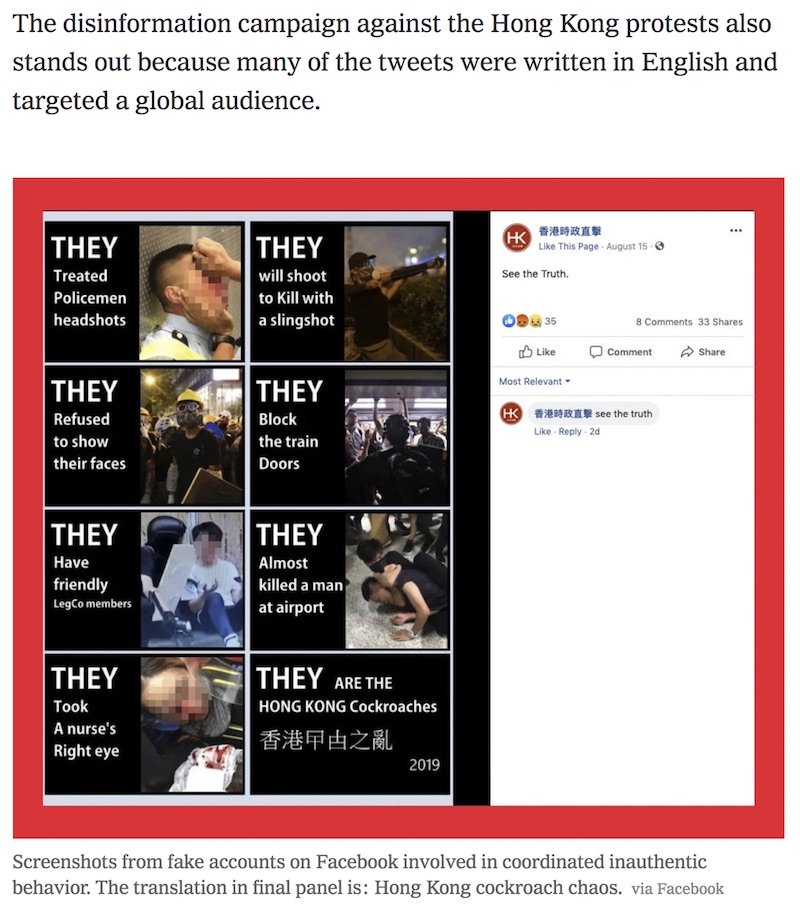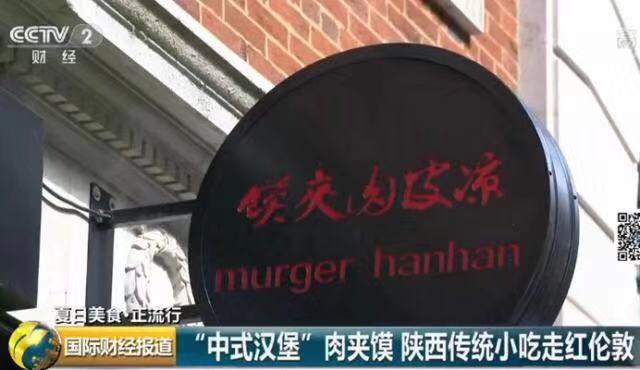Archive for Writing systems
October 7, 2019 @ 2:33 pm· Filed by Victor Mair under Puns, Slogans, Swear words, Writing systems
Read the rest of this entry »
Permalink
September 21, 2019 @ 7:27 am· Filed by Victor Mair under Transcription, Writing systems
A month ago, it was being called "Women's Romanization for Hong Kong" (8/17/19). Now it has been catapulted into an all-purpose, across-the-board status for the Hong Kong anti-extradition protesters:
"Insurgent tongues: how loose Cantonese romanisation became Hong Kong’s patois of protest", by Rachel Leung Ka-yin, Hong Kong Free Press (9/21/19).
Leung's article begins:
“Gwong Fuk Heung Gong! Si Doi Gark Ming!”*
If you understand the above slogan, chances are you’re probably a Hong Konger born in the post-80s or 90s. If that did not make any sense to you, the “language” in use is a form of loose Cantonese romanisation, which recently saw a surge from the niche to widespread use in political activism via the online platform LIHKG**.
*["Liberate Hong Kong! the revolution of our times!"]
**[VHM: like Reddit]
Read the rest of this entry »
Permalink
September 16, 2019 @ 2:17 pm· Filed by Victor Mair under Language and psychology, Writing, Writing systems
Many's the Language Log post in which we've looked at the pluses and negatives of writing Chinese characters (see "Selected readings" below). These include discipline, character building, aesthetic aspects, myopia, even punishment. Now, in "Bring Back Handwriting: It’s Good for Your Brain: People are losing the brain benefits of writing by hand as the practice becomes less common", Elemental (9/12/19), Markham Heid examines the psychological and physical effects of writing by hand as opposed to typing fully formed letters with the stroke of a key.
Psychologists have long understood that personal, emotion-focused writing can help people recognize and come to terms with their feelings. Since the 1980s, studies have found that “the writing cure,” which normally involves writing about one’s feelings every day for 15 to 30 minutes, can lead to measurable physical and mental health benefits. These benefits include everything from lower stress and fewer depression symptoms to improved immune function. And there’s evidence that handwriting may better facilitate this form of therapy than typing.
Read the rest of this entry »
Permalink
September 14, 2019 @ 10:59 am· Filed by Victor Mair under Language and art, Writing, Writing systems
The following mind-boggling demonstration of machine-like writing of Chinese characters was posted on imgur a few days ago:
Flawless writing of Chinese characters
Read the rest of this entry »
Permalink
September 1, 2019 @ 12:08 pm· Filed by Victor Mair under Language and politics, Writing, Writing systems
Among the new polysyllabic characters (called hétǐ zì 合體字 ["compound / synthesized characters"] in Chinese) created by the Hong Kong protesters is this one (see below in the "Readings" [especially the first item] for other examples). It is preceded by this note: "Hongkongers will remember 721 & 831", which are references to the extreme brutality wreaked on the people of Hong Kong by hired gangsters on July 21 and by "police" on August 31, for which see 721 Yuen Long Nightmare and #831terroristattack (also here). This new polysyllabic character is widely circulating on the internet and has come to me from many sources (here's one).

Read the rest of this entry »
Permalink
September 1, 2019 @ 11:10 am· Filed by Victor Mair under Language and politics, Multilingualism, Slogans, Topolects, Writing, Writing systems
Speakers of Kongish have three ways to write their equivalent of English "Go!": 1. "ga yao" (Cantonese Romanization of the wildly popular term), 2. 加油 (the Sinographic form of the Cantonese expression), 3. "add oil" (Chinglishy equivalent of the former two forms).
See this excellent article by Lisa Lim for a brief introduction to Kongish:
"Do you speak Kongish? Hong Kong protesters harness unique language code to empower and communicate: The mixed code of romanised Cantonese and English has helped popularise phrases such as ‘add oil’, from Cantonese ‘ga yau’", SCMP (30 Aug, 2019). [VHM: Includes a nice summary of Romanization efforts for Sinitic topolects from the late 16th century (Matteo Ricci) to the present.]
Illustration from the article:

Read the rest of this entry »
Permalink
September 1, 2019 @ 9:28 am· Filed by Victor Mair under Language and politics, Slogans, Writing systems
The Hong Kong extradition bill protesters have developed a vocabulary of slogans and newly invented polysyllabic characters which they wield deftly. Here are two instances from the Twitter feed of Ryan Ho Kilpatrick documenting this weekend's protest activities on the way to and in the Hong Kong International Airport. If you scan through the photographs and short videos from the top to the bottom (there are some pretty rough, raw scenes), you can get a sense of the tension that continues to build after 11 weeks of protests that have convulsed Hong Kong, at times with hundreds of thousands or even millions of people on the street expressing their firm opposition to the heavy-handed policies of the Beijing government.
Read the rest of this entry »
Permalink
August 23, 2019 @ 10:05 pm· Filed by Victor Mair under Language and politics, Orthography, Slogans, Topolects, Writing systems
The world has been convulsed this week by the news that China (where all such American social media platforms are outlawed) has been using hundreds of fake Facebook and Twitter accounts to spread gross disinformation about the Hong Kong extradition bill protesters:
"Facebook and Twitter Say China Is Spreading Disinformation in Hong Kong", by Kate Conger, Mike Isaac, and Tiffany Hsu (New York Times, 8/21/19)
Here's an example of their dirty work from the Times article:

Read the rest of this entry »
Permalink
August 17, 2019 @ 11:37 pm· Filed by Victor Mair under Language and food, Signs, Writing systems
Restaurant sign in Mayfair:

Read the rest of this entry »
Permalink
August 17, 2019 @ 11:29 pm· Filed by Victor Mair under Language and advertising, Orthography, Punctuation, Writing systems
From Becki Kanou:

Read the rest of this entry »
Permalink
August 17, 2019 @ 2:54 pm· Filed by Victor Mair under Language and gender, Language and politics, Writing, Writing systems
The Hong Kong extradition bill protests, with hundreds of thousands of people, sometimes even a million or two million people (out of a total population of 7.392 million) on the streets, have been going on for more than 11 weeks, with no end in sight, even though the PRC keeps threatening to invade. One of the main problems the protesters face is how to deal with infiltrators from the north who pretend to be protesters, but promote violence and beat up the Hong Kong people. Here's one way the Hongkongers are using to expose the intruders:
Read the rest of this entry »
Permalink
August 15, 2019 @ 12:43 am· Filed by Victor Mair under Language and politics, Writing systems
It's strange that there are some simplified characters in the Hong Kong police newsletter, but stranger still that they are only sporadic:

Simplified Chinese characters (in red circles) are found in the online
edition of OffBeat. Police Commissioner Andy Tsang (inset) holds a copy of
the newsletter at a press conference last month. Photos: Stand News, HKEJ
Read the rest of this entry »
Permalink
August 13, 2019 @ 8:24 pm· Filed by Victor Mair under Language teaching and learning, Transcription, Writing systems
From the moment I began learning Mandarin more than half a century ago, I had a strong, visceral opposition to learning the characters. I wanted to learn the language — its phonology, grammar, lexicon, morphology, syntax, idioms. My teachers forced me to learn some characters, but I figured out various ways to devote much more of my time focusing on the language rather than on the writing system. Most of my secrets for learning Sinitic languages in pre-digital days are detailed in the "Readings" below. But it is so much easier to learn Chinese in the current age of electronic resources than it was even a couple of decades ago. Now there's no excuse for or reason to slave over character flash cards and dictation (tīngxiě 聽寫 /听写 [a striking example of the difference between traditional and simplified characters]).
Read the rest of this entry »
Permalink





